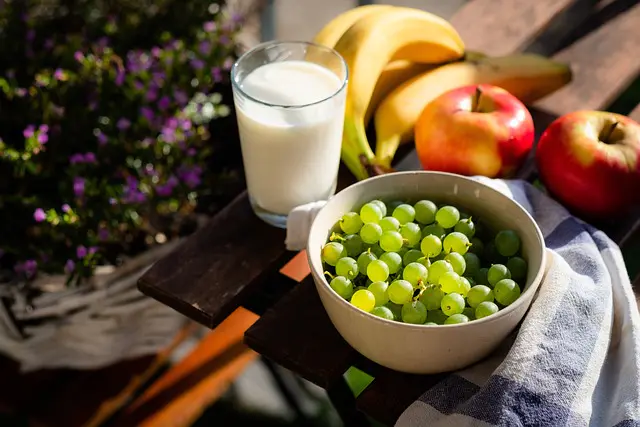When it comes to healthy eating, many are under the misconception that it equates to flavorless and unexciting meals. The common perception is that 'healthy' equates to 'dull'.
It's typical to see individuals consuming healthy options only intermittently, often resorting to salads or green smoothies as a means to counterbalance their regular indulgence in less nutritious foods.
However, the reality is that there's an abundance of delicious and nutritious foods out there. You don't have to sacrifice taste for health. Ditch the green smoothie and consider these three alternatives.
Sautéed Vegetables
Having trouble meeting your daily vegetable quota of three to five servings? Sauté your veggies.
With just a skillet, a modest amount of oil, and some patience, you can transform any fresh vegetable into a tasty dish. The dry heat of sautéing evaporates excess moisture, enhancing the natural, sweet caramelized notes of the vegetables.
Vegetables with higher sugar content, such as onions, carrots, and beets, will caramelize more quickly compared to others. They make an excellent base for your sauté, with additional vegetables like broccoli, mushrooms, cauliflower, spinach, and zucchini rounding out the dish.
Vegetable and Whole-Grain Broths
Soups are a staple of healthy comfort food and are often recommended during illness for their nutritional benefits.
Want to boost the health factor of your soup? Incorporate a blender to discreetly add vegetables and whole grains that you might not typically consume (they'll be nearly undetectable in taste).
The texture of whole grains, like rice, can be off-putting when served on their own, but blending them into a soup with other ingredients can help overcome any aversion.
Intact Fruits
Before you opt for a glass of fruit juice thinking it's a wise choice, be aware that the health perks are exclusive to whole fruits. Regular fruit juice consumption can raise your diabetes risk by 21%, while consuming whole fruits can lower it by 23%!
For context, it takes three medium apples to produce one cup of juice—a quantity most wouldn't eat in a single meal, yet many don't hesitate to drink a glass of juice.
The simplest way to enjoy the full benefits of fruit, including fiber, without overdoing it, is to eat them whole. This approach also aligns with the recommended daily intake of two servings.
Healthy eating can be a delightful experience, yet many people haven't given it a proper chance. They might not realize that sautéed vegetables, hearty soups, and whole fruits can offer the same nutritional value as raw salads, with the added benefit of variety and flavor.











